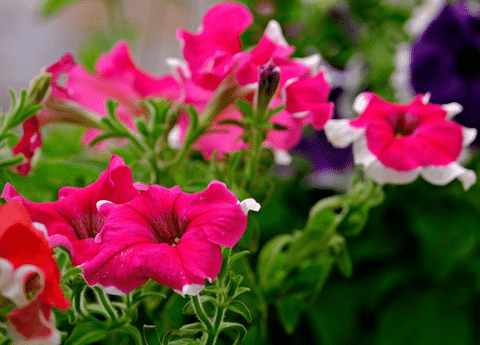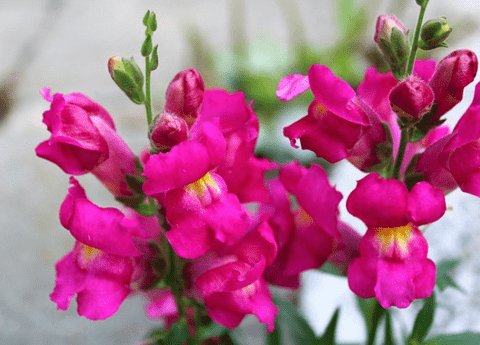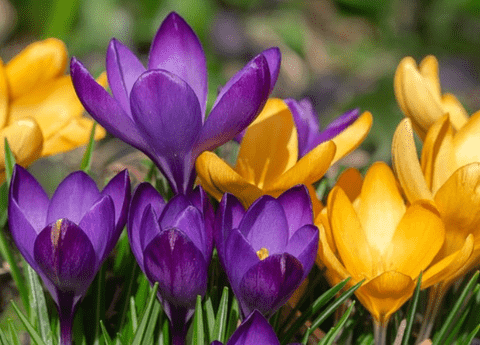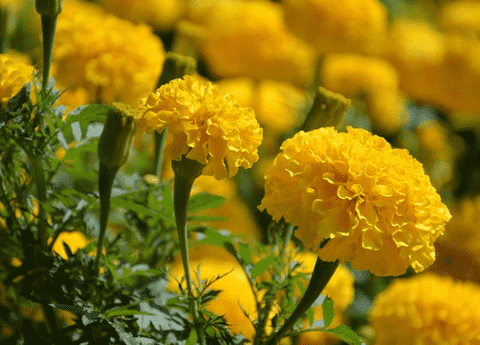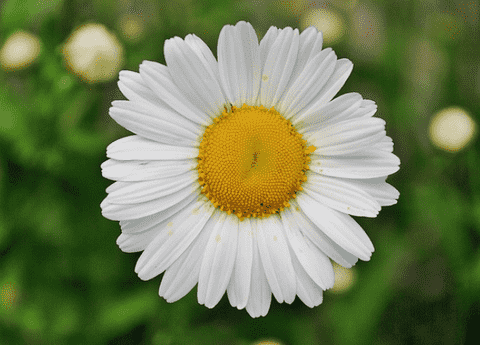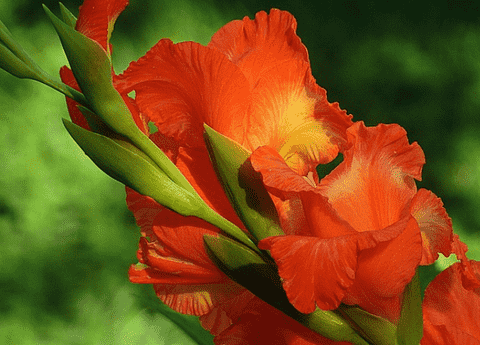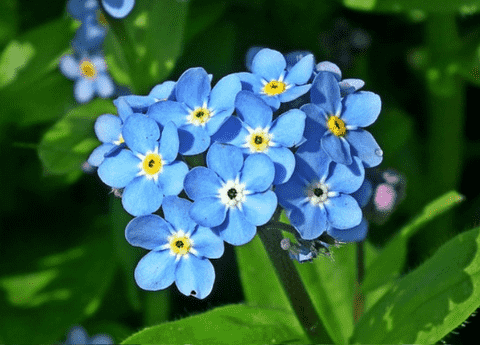Petunias Mastery: How to Cultivate and Maintain Healthy Flowers
Petunias, with their vibrant colors and delightful fragrances, are a favorite among garden enthusiasts looking to add a splash of color to their outdoor spaces. These versatile flowers can thrive in a variety of settings, from hanging baskets to garden beds, making them a popular choice for both novice and experienced gardeners. In this guide, we will walk you through the essential steps to successfully grow and care for petunias, ensuring your garden flourishes with these stunning blooms. Whether you’re planting from seeds or transplants, our step-by-step instructions will help you achieve petunia perfection.
Choosing the Right Petunias
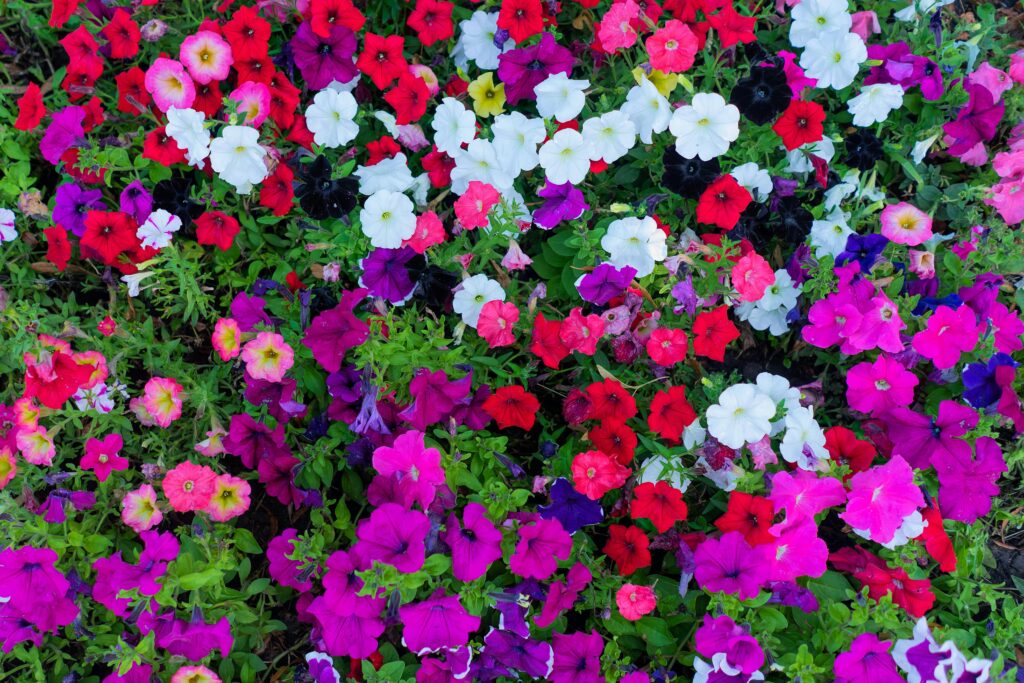
Types of Petunias
Petunias come in several varieties, each offering unique characteristics that cater to different gardening needs. The most common types include Grandiflora, Multiflora, Milliflora, and Wave petunias. Grandiflora petunias are known for their large blooms, making them a striking choice for garden beds and containers. Multiflora petunias, on the other hand, produce smaller flowers but in greater abundance, offering a more robust and colorful display. Multiflora petunias are compact and perfect for smaller spaces or mixed containers, providing a delicate yet vibrant touch. Lastly, Wave petunias are ground-covering varieties that spread rapidly, ideal for creating a lush, carpet-like effect in your garden. Understanding the differences between these types will help you choose the best petunias to suit your specific gardening goals and aesthetic preferences.
Selecting Healthy Plants
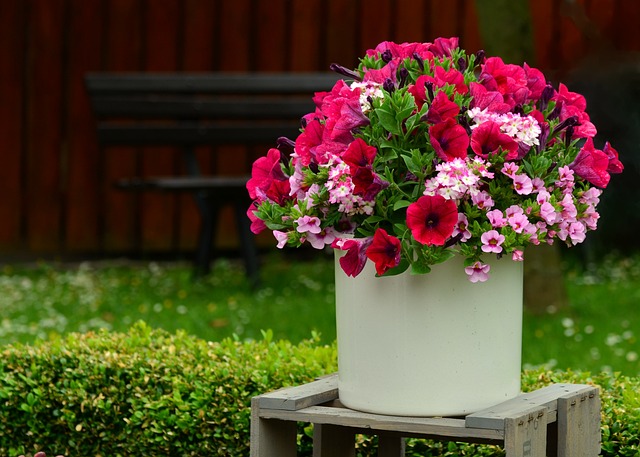
When choosing petunias for your garden, selecting healthy plants is crucial for their successful growth and bloom. Start by inspecting the foliage; healthy petunias should have vibrant, green leaves free from discoloration or spots. Avoid plants with yellowing leaves or signs of pests, such as tiny holes or a sticky residue. Next, check the stems for any signs of weakness or rot. Sturdy, upright stems are indicators of a strong plant. Additionally, examine the roots if possible. Healthy roots ought to be white and firm rather than brown or mushy. Lastly, select plants with plenty of buds rather than fully bloomed flowers, as these will establish better and provide longer-lasting blooms in your garden. By carefully selecting healthy petunias, you set the foundation for a thriving, beautiful display.
Planting Your Petunias
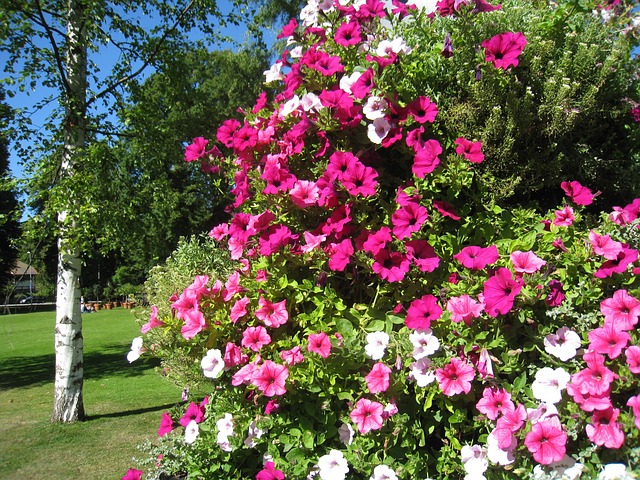
Soil Preparation Tips
Preparing the soil properly is essential for the healthy growth of petunias. Start by selecting well-draining soil, as petunias are prone to root rot if left in waterlogged conditions. If your garden soil is heavy clay, consider amending it with organic matter such as compost or peat moss to improve drainage and soil structure. Strive for a pH level that is slightly acidic to neutral, ideally ranging from 6.0 to 7.0. Testing your soil’s pH can help you make necessary adjustments using lime to raise the pH or sulfur to lower it. Additionally, incorporate a balanced, slow-release fertilizer into the soil before planting to provide essential nutrients that support vigorous growth and abundant blooms. Loosening the soil to a depth of about 12-15 inches will also encourage root penetration and establishment. Following these soil preparation tips will create an optimal environment for your petunias to flourish.
Optimal Planting Conditions
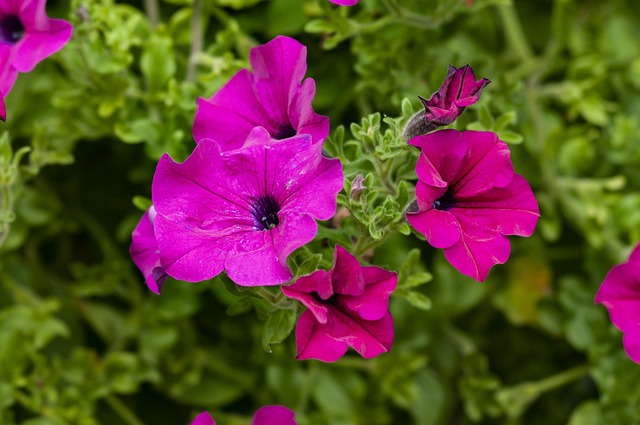
To ensure your petunias thrive, it’s important to plant them under optimal conditions. Petunias prefer a location with full sun, receiving at least six hours of direct sunlight each day. This exposure promotes vigorous growth and abundant flowering. When planting in garden beds, space the plants about 12 inches apart to allow for proper air circulation and to prevent overcrowding, which can lead to disease. If you’re using containers or hanging baskets, ensure they have drainage holes to prevent water accumulation. The best time to plant petunias is after the last frost date in your area when the soil has warmed up sufficiently. Planting in the early morning or late afternoon can also help minimize transplant shock, giving your petunias the best start. By providing these optimal planting conditions, you’ll set the stage for a vibrant and healthy petunia display.
Spacing and Arrangement
Proper spacing and arrangement are crucial for the healthy growth and visual appeal of your petunias. When planting in garden beds, space each plant about 12 inches apart. This spacing allows enough room for the plants to spread and ensures adequate air circulation, which helps prevent diseases such as powdery mildew. If you’re planting Wave petunias, which spread more aggressively, consider increasing the spacing to 18 inches. For container gardening, choose pots that are at least 12 inches in diameter to accommodate the roots and allow for growth. When arranging multiple plants in a container, follow the same spacing guidelines to avoid overcrowding. Additionally, consider the height and growth habits of different petunia varieties when arranging them. Taller varieties should be positioned towards the back or center, with trailing or spreading types around the edges for a balanced and visually pleasing display. Proper spacing and thoughtful arrangement will help your petunias thrive and create a stunning garden feature.
Caring for Your Petunias
Watering Guidelines
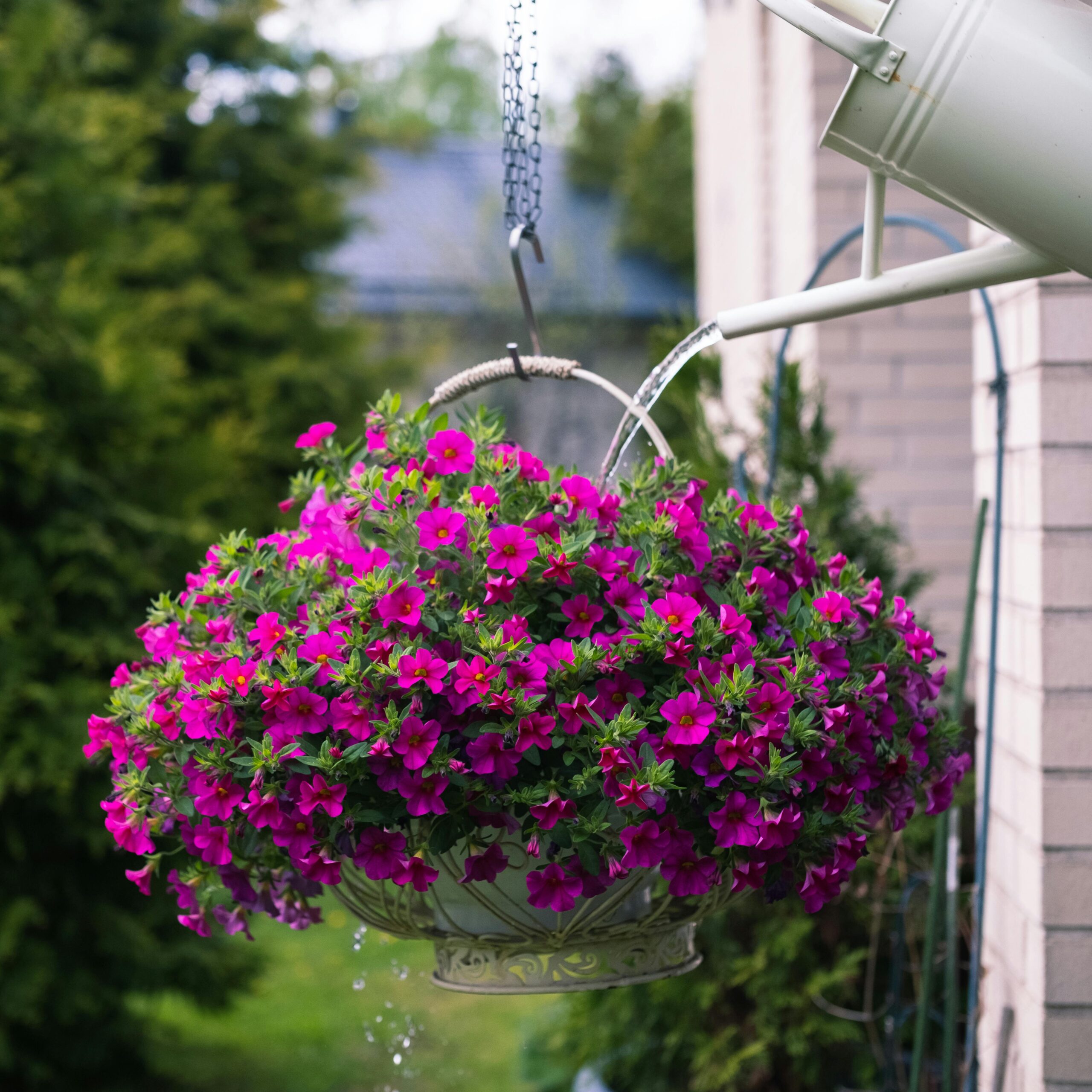
Proper watering is key to maintaining healthy petunias. These plants thrive in consistently moist soil, but it shouldn’t be waterlogged. Water your petunias deeply, ensuring the soil is thoroughly saturated. However, allow the top inch of soil to dry out between watering sessions to prevent root rot. Frequency will depend on weather conditions; during hot and dry periods, you may need to water daily, while cooler, wet conditions require less frequent watering. If you’re growing petunias in containers, they will dry out faster than those in garden beds, so monitor them closely and water them as needed. Watering in the early morning is best, as it allows the foliage to dry before evening, reducing the risk of fungal diseases. Use a watering can or a hose with a gentle spray nozzle to avoid damaging the flowers and foliage. Following these watering guidelines will help keep your petunias vibrant and blooming.
Fertilizing for Growth
Fertilizing your petunias regularly is essential for promoting vigorous growth and continuous blooming. Start by mixing a balanced, slow-release fertilizer into the soil when you plant. This will ensure a continuous supply of nutrients over a longer period. As the growing season progresses, supplement with a liquid fertilizer every two to three weeks to give your petunias an extra boost. Choose a fertilizer with a higher phosphorus content, as phosphorus supports flower development. A common ratio for flowering plants is 10-10-10 or 10-20-10. Be cautious with fertilization, as over-fertilizing can result in abundant foliage but fewer blooms. Always adhere to the manufacturer’s guidelines for application rates and frequency. Additionally, watering the soil before and after fertilizing helps prevent root burn and ensures even nutrient distribution. By adhering to these fertilizing guidelines, you can maintain healthy, vibrant petunias throughout the growing season.
Pruning and Deadheading
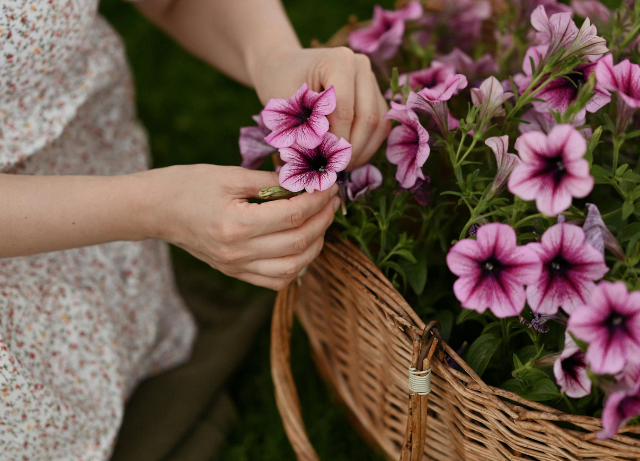
Pruning and deadheading are important practices to keep your petunias looking their best and to encourage continuous blooming. Deadheading involves removing spent flowers by pinching or cutting them off at the base of the bloom. This process prevents the plant from directing energy towards seed production and instead promotes the growth of new flowers. Regular deadheading can result in a fuller and more vibrant display. Pruning, on the other hand, involves cutting back leggy or overgrown stems to encourage bushier growth. Trim back about one-third of the plant’s length, focusing on stems that have become straggly or sparse. This is especially important for trailing varieties that can become unwieldy.
Pruning can be performed as needed during the entire growing season. Using clean, sharp scissors or pruning shears will minimize damage to the plant. By consistently pruning and deadheading, you’ll maintain the health and aesthetics of your petunias.

